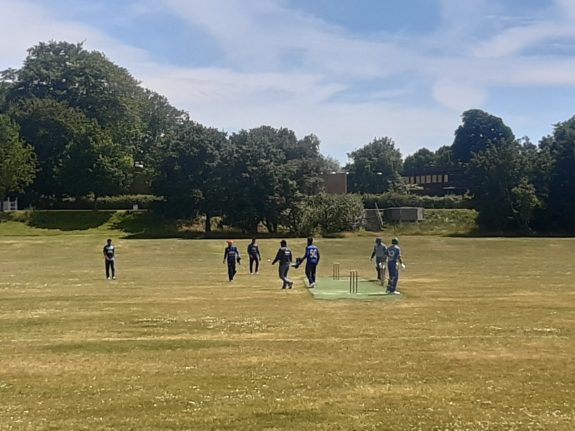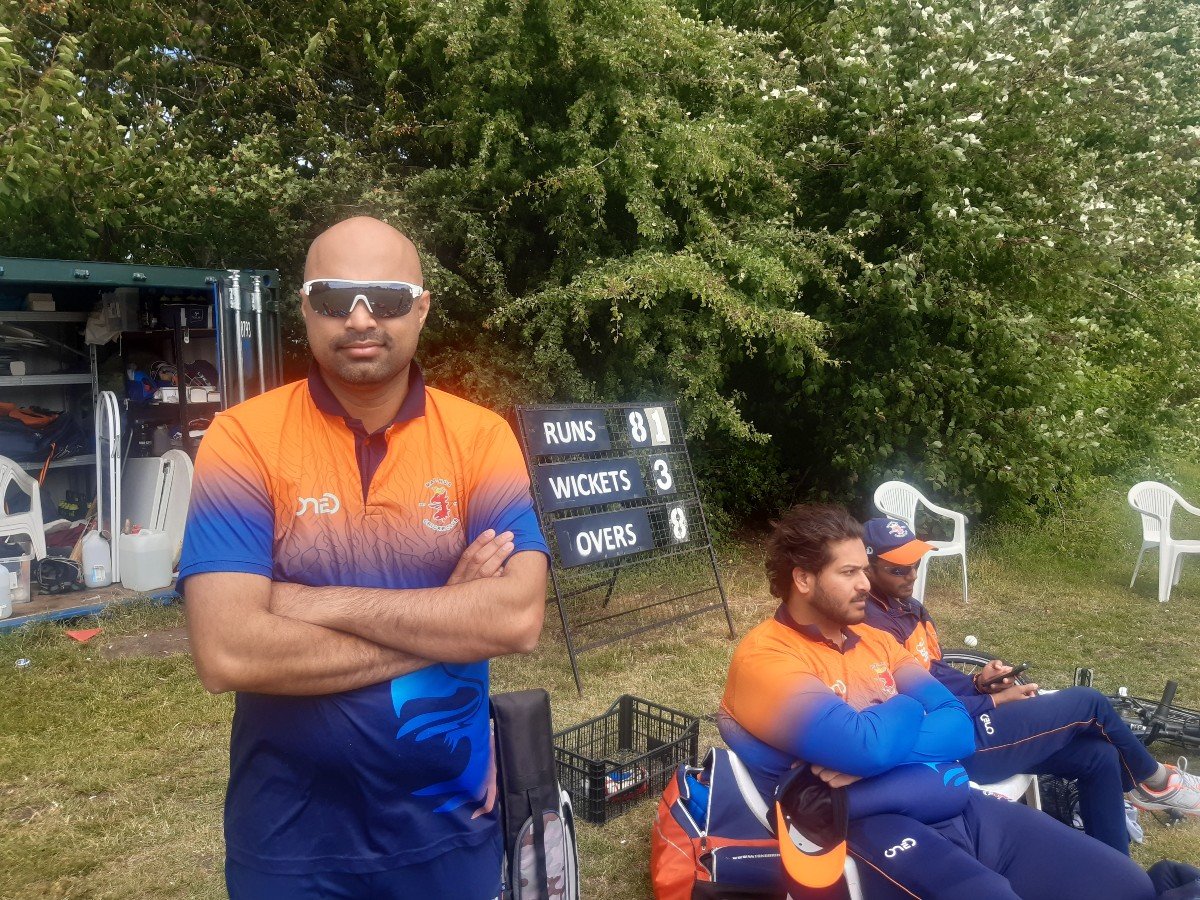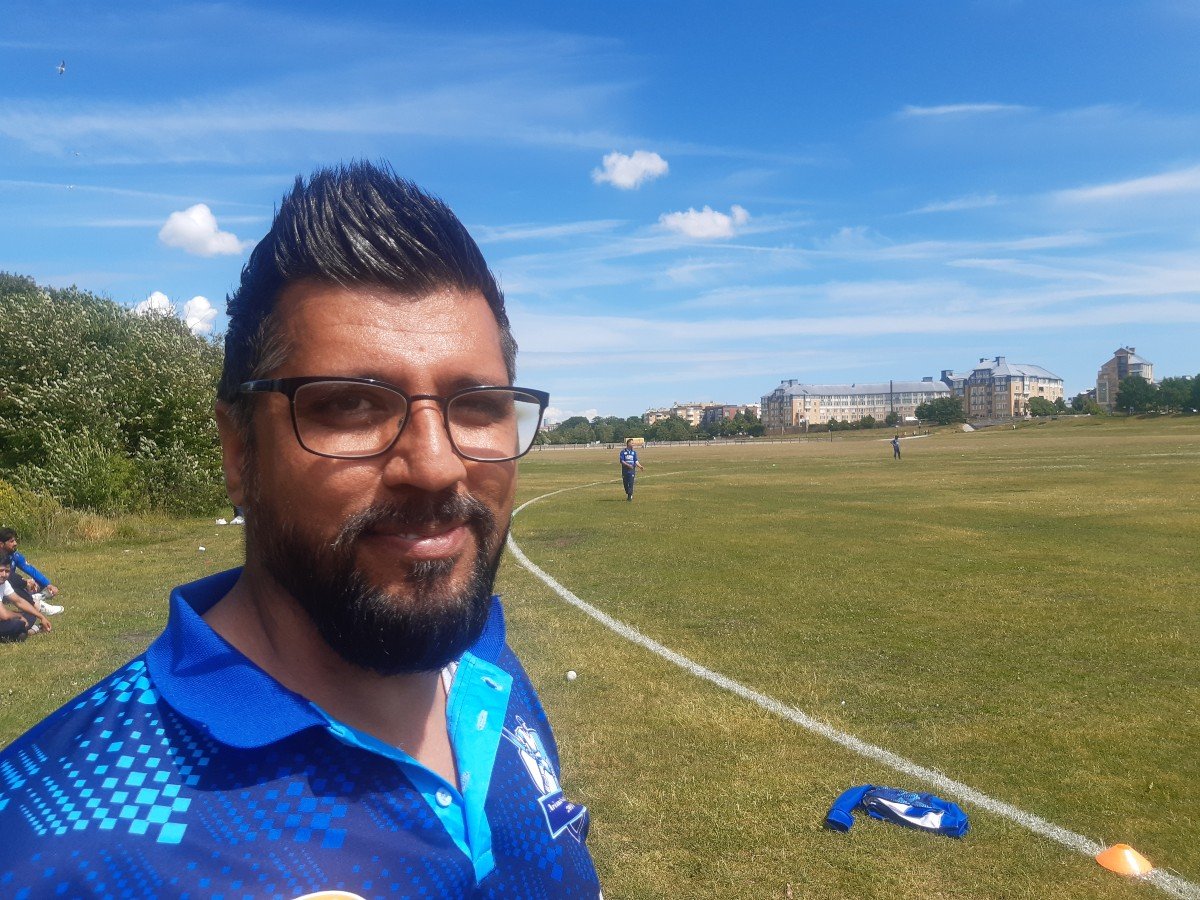Swedes take swimming lessons in school, so most adults who grew up in Sweden learn how to swim as children. However, this isn’t the case in all countries, and it’s not too late for you to learn once you’ve reached adulthood.
The Swedish definition of being able to swim is “hopping into the water, going underwater and resurfacing, then swimming 200 metres in deep water, of which 50 is on your back,” so even if you’re able to keep yourself above water, you might need some lessons to get up to this level.
Most municipalities have access to somewhere you can learn to swim, whether that’s an indoor or outdoor pool, or some kind of lake or other body of water. These facilities are often used by schools during term-time, so many classes for adults take place on weekends, during the summer holidays, or after school hours.
The word for swimming lessons in Swedish is simskola, literally “swim school”. For adult classes, you can search for simskola vuxna, plus the name of your city or municipality.
The goals of these swim schools vary – some of them aim to get you up to Sweden’s definition of being able to swim, mentioned above, while others will essentially just teach you the basics so you can stay afloat if you do end up in deep water.
There are courses for complete beginners (nybörjare), as well as for people who can already swim a bit but want to get better (fortsättning).
There are often cheaper options run by the municipality or city council, with more expensive private options available, like Trampoolin in Stockholm, Malmö and Helsingborg – these might work with your schedule better, particularly if you’re working or have other commitments.
In Stockholm, the municipality offers eight-week classes for adults starting in January, March, August and October at a price of 1,740 kronor. There are also intensive classes available at the same price.
In Gothenburg, the municipality offers free swimming classes for adults in the spring and summer at Hammarbadet, Lundbybadet and Angered Arena, although places are limited.
In Malmö, you can learn to swim at Hylliebadet, Rosengårdsbadet or Simhallsbadet. Hyllie offers drop-in classes included in the price of your ticket to the pool, while Rosengårdsbadet offers free courses during the summer – although you have to book in advance. Simhallsbadet’s courses are run by local swimming clubs SK Ran and MKK, and cost between 1,000-2,000 kronor per term.
It’s obviously important that you understand what your instructor is saying so you’re not in any danger.
Most courses are advertised in Swedish, but if you’re interested in a particular course and don’t understand Swedish, it’s worth contacting the organisers beforehand to ask whether they can hold all or part of it in English.
As mentioned above, the majority of people who went to school in Sweden already know how to swim by the time they reach adulthood, so it’s likely on the beginner courses at least that you won’t be the only non-Swede in attendance.
If you live in Stockholm, take a look at Stockholm International Swimming Club, who offer classes in English for adult beginners, both in the pool and outdoors (for the latter, you’ll need a wetsuit if water temperatures drop below 17C).
You can also book one-on-one lessons with some private providers where you may be able to ask them to speak English, too.






 Please whitelist us to continue reading.
Please whitelist us to continue reading.
This is actually really helpful to know. In the US, we don’t learn how to swim in school. you either pay for swimming classes, or a family member teaches you. To this day I’m an extremely weak swimmer who can move around and stay about water, but I do not have full control (which became embarrassingly apparent on my vacation to Mallorca with my daughter). My daughter goes to Swedish school and learned there, and it’s amazing the difference